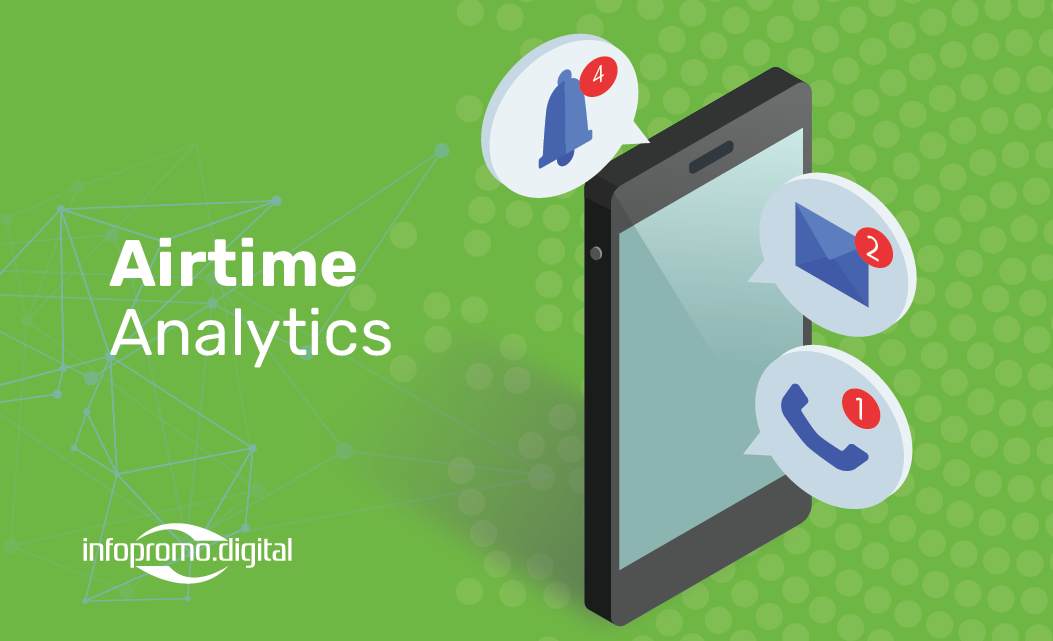
In today’s competitive business landscape, data is the new gold. Companies are increasingly turning to airtime analytics to gain actionable insights, optimize their strategies, and drive growth. By analyzing airtime usage patterns, businesses can make informed decisions that enhance customer engagement, streamline operations, and boost profitability.

Understanding Airtime Analytics
Airtime analytics involves the collection and analysis of data related to airtime usage. This data includes call durations, frequency of calls, SMS usage, and internet data consumption. By leveraging advanced analytics tools, businesses can uncover trends and patterns that provide a deeper understanding of customer behavior and preferences.
Benefits of Airtime Analytics
- Enhanced Customer Engagement: Airtime analytics helps businesses understand how customers interact with their services. By identifying peak usage times and popular services, companies can tailor their offerings to better meet customer needs, leading to increased satisfaction and loyalty.
- Optimized Marketing Strategies: By analyzing airtime data, businesses can develop targeted marketing campaigns. For example, they can identify which promotions generate the most calls or data usage and adjust their marketing efforts accordingly.
- Improved Operational Efficiency: Airtime analytics can reveal inefficiencies in communication processes. For instance, if a significant number of calls are made to customer service, it may indicate issues with product quality or usability, prompting businesses to address these problems proactively.
- Revenue Growth: By understanding customer usage patterns, businesses can introduce new services or pricing models that align with customer preferences. This can lead to increased revenue streams and overall business growth.

Implementing Airtime Analytics
To effectively harness the power of airtime analytics, businesses should follow these steps:
- Data Collection: Gather comprehensive airtime data from various sources, including call logs, SMS records, and internet usage statistics.
- Data Analysis: Use advanced analytics tools to process and analyze the collected data. Look for patterns and trends that can provide valuable insights.
- Actionable Insights: Translate the analysis into actionable insights. For example, if the data shows a high volume of calls during specific hours, consider offering special promotions or customer support during those times.
- Continuous Monitoring: Airtime analytics should be an ongoing process. Continuously monitor airtime usage and adjust strategies based on the latest insights to stay ahead of the competition.
Case Study: Success with Airtime Analytics
A leading telecommunications company implemented airtime analytics to enhance their customer engagement strategies. By analyzing usage patterns, they discovered that most of their customers preferred using data services in the evening. In response, they launched evening data bundles, leading to a 20% increase in data usage and a 15% boost in overall revenue.
Conclusion
Airtime analytics is a powerful tool that can transform the way businesses operate. By gaining actionable insights from airtime data, companies can optimize their strategies, enhance customer engagement, and drive growth. As technology continues to evolve, businesses that leverage airtime analytics will be better positioned to thrive in the competitive market.




